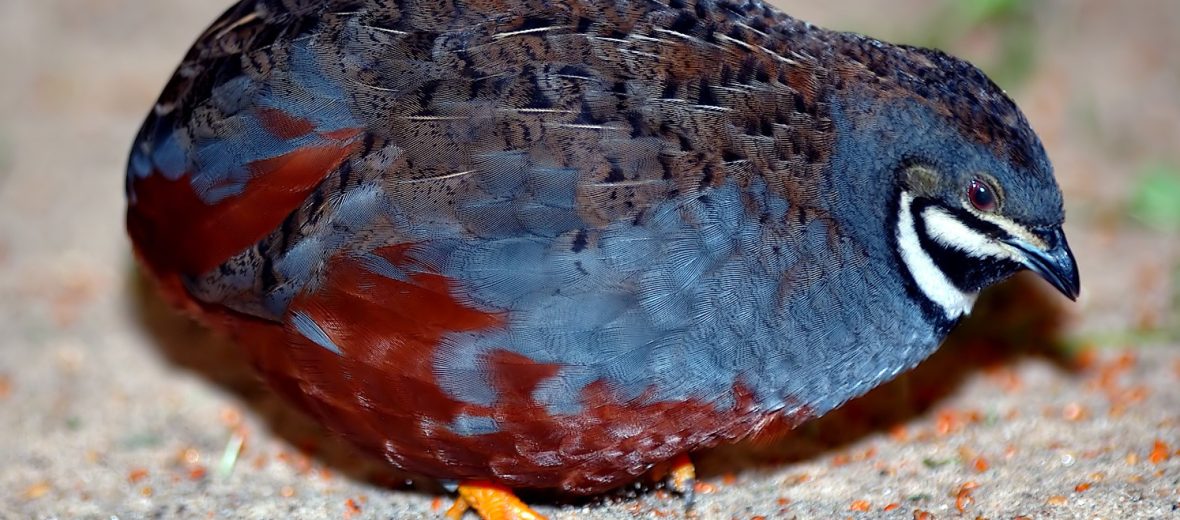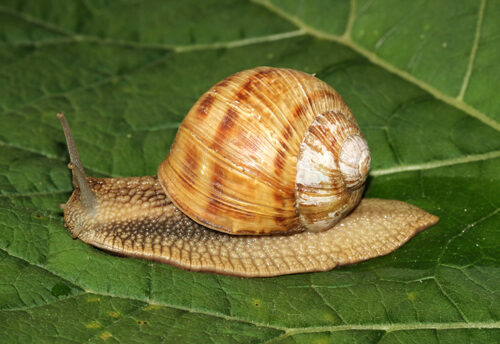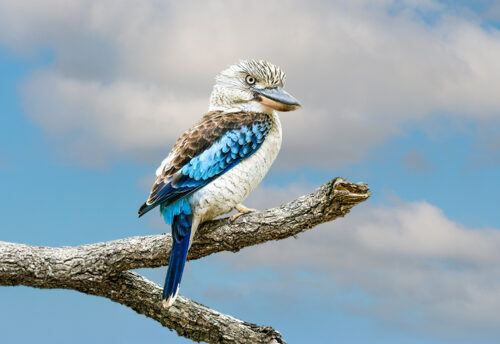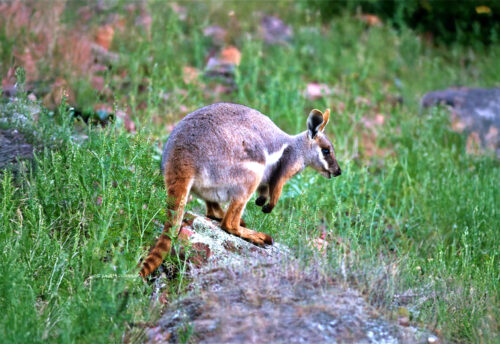
The king quail, aka Asian blue quail, blue-breasted quail, Chinese painted quail, or Chung-Chi, is an Old World (species from Asia or Africa) species of quail that hails from southern China, south and south-eastern Asia to Oceania, on up to southeastern Australia. These birds are numerous and have a stable population, thus they are therefor listed as Least Concern by the IUCN.
First the Stats…
Scientific name: Synoicus chinensis
Weight: Up to 1.4 ounces
Length: Up to 5.5 inches
Wingspan: Up to 10 inches
Lifespan: Up to 13 years
Now on to the Facts!
1.) There are 6 different subspecies of these quails.
2.) These critters are sometimes called button quails. But that common name actually describes a distant relative of these quails, called buttonquails.
3.) For many years now, these birds have been popular to keep in aviaries.
4.) When in captivity, they keep the floor of the aviary spotless.
5.) They are also popular captive birds as they are relatively inexpensive to purchase, get along well with many other birds, and can even be hand tamed.
But wait, there’s more on the king quail!
6.) That being said, males will fight with other males for the right to breed. The winner will then breed with every surrounding female.
7.) Females lay up to 13 eggs each season, in the wild.
Did you know…?
In captivity, females will typically lay 1 egg a day; year round. As long as they are housed properly and fed appropriately.
8.) Eggs are laid on the ground, in a scrape (a shallow hollow dug out of the dirt).
9.) Chicks hatch in up to 16 days.
10.) These quails eat a variety of smaller bugs, seeds, and various grasses.
11.) In the wild, king quails are preyed on by Cooper’s hawks, northern harriers, and sharp-shinned hawks, to name a few.
Now a Short King Quail Video!
Be sure to share & comment below! Also, check out the Critter Science YouTube channel. Videos added regularly!
Want to suggest a critter for me to write about? Let me know here.
Photo credit: André Karwath



